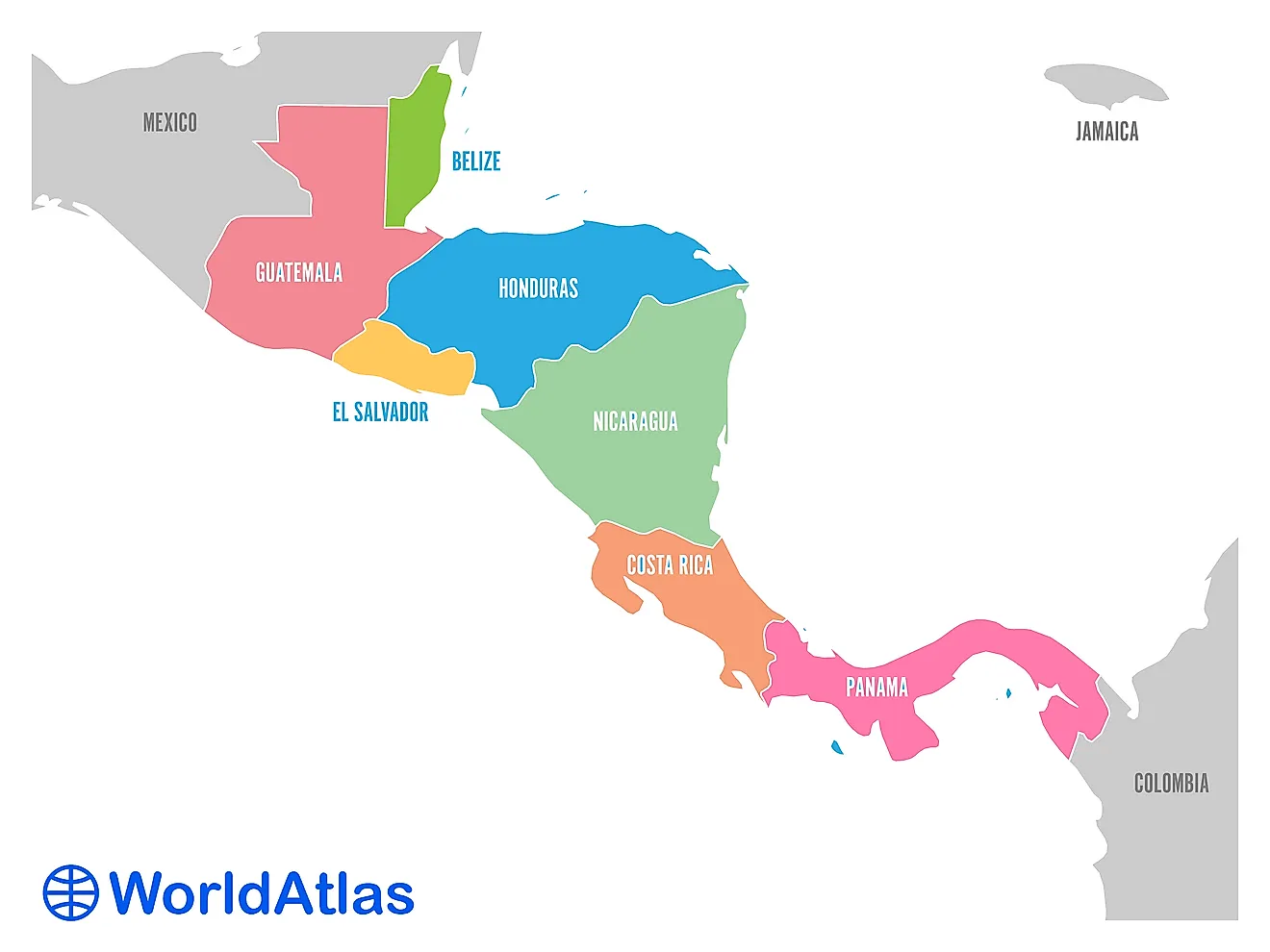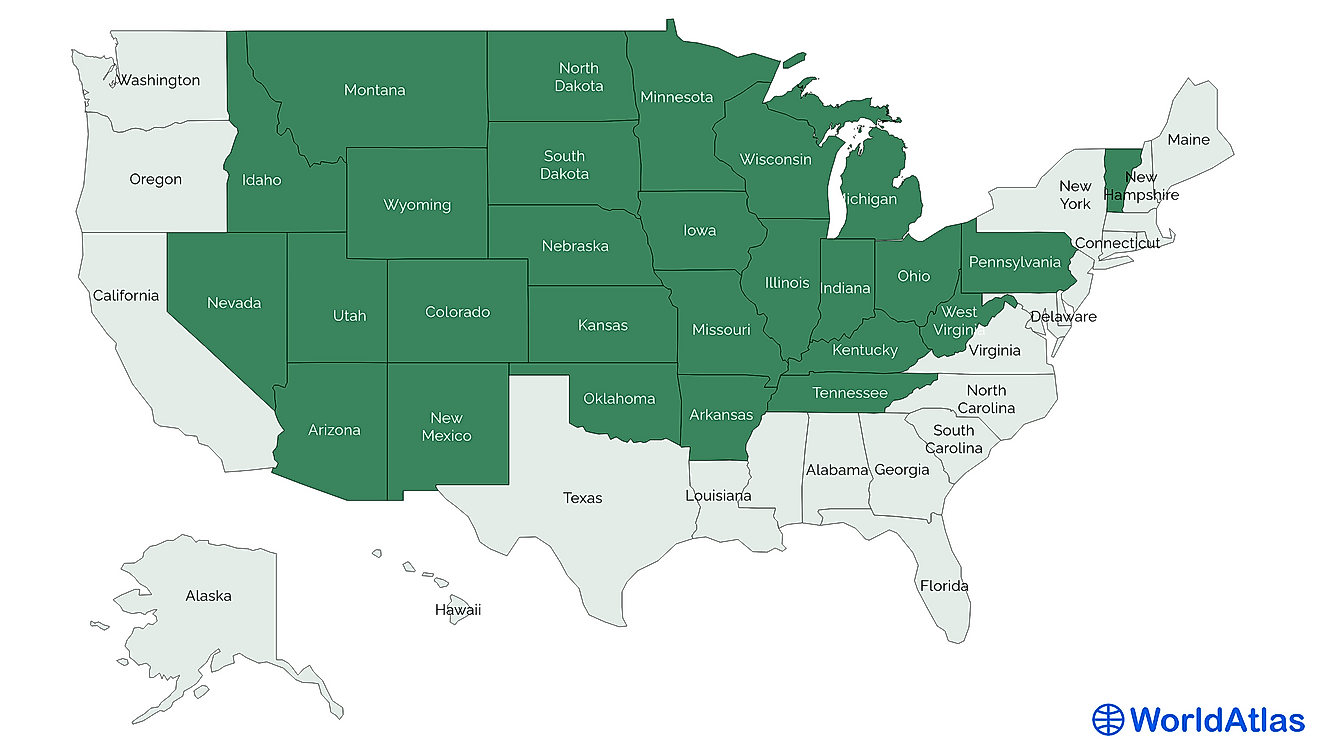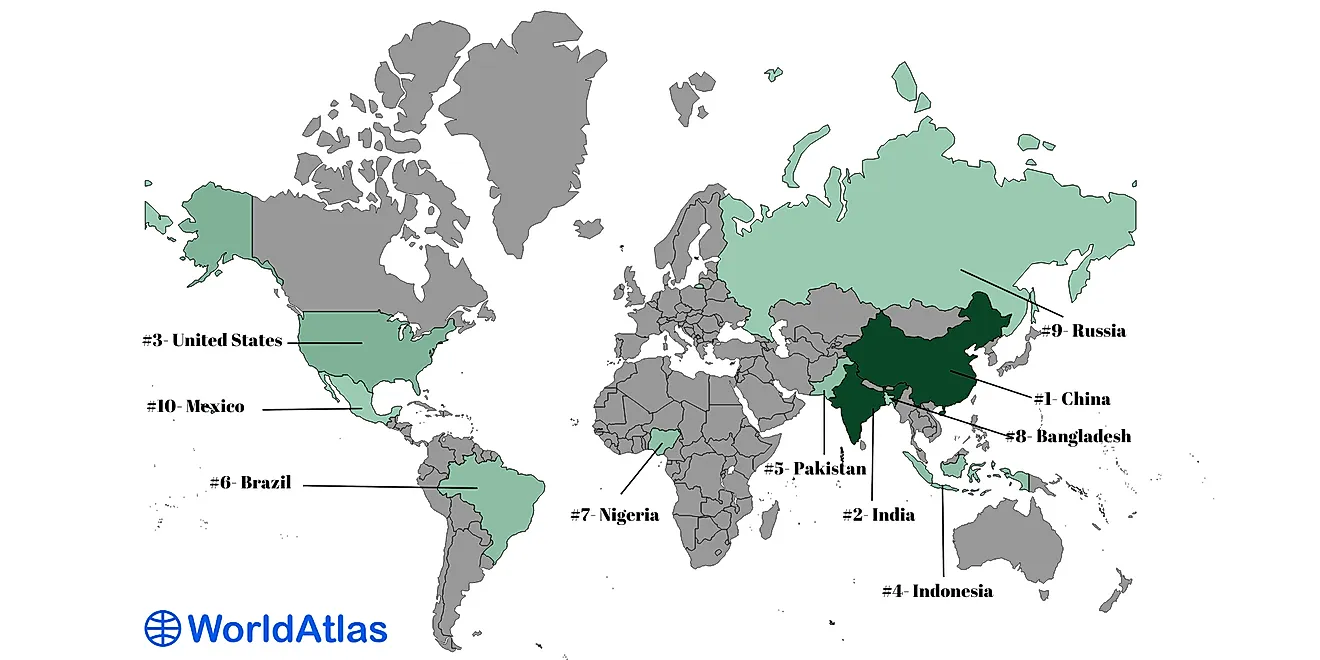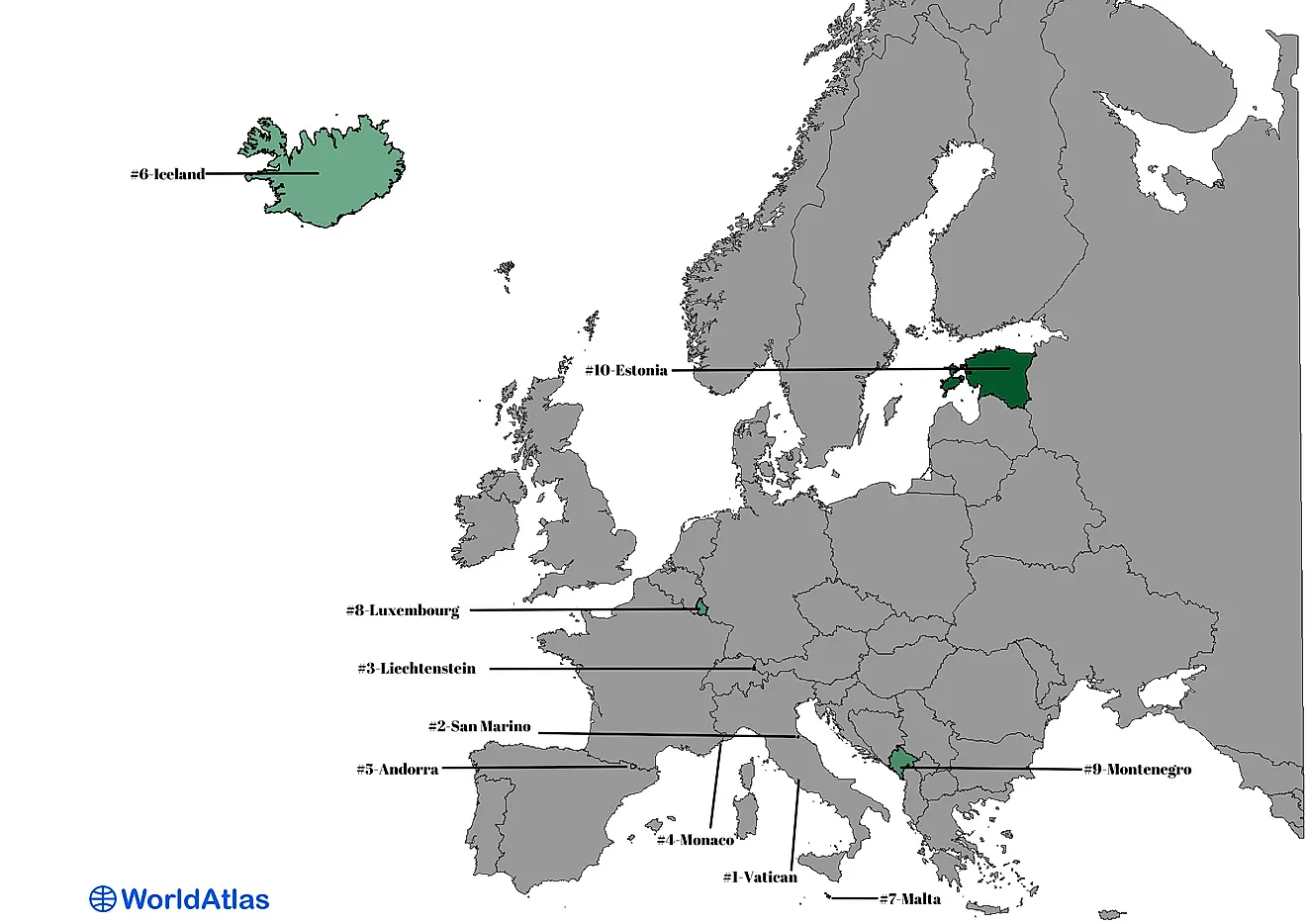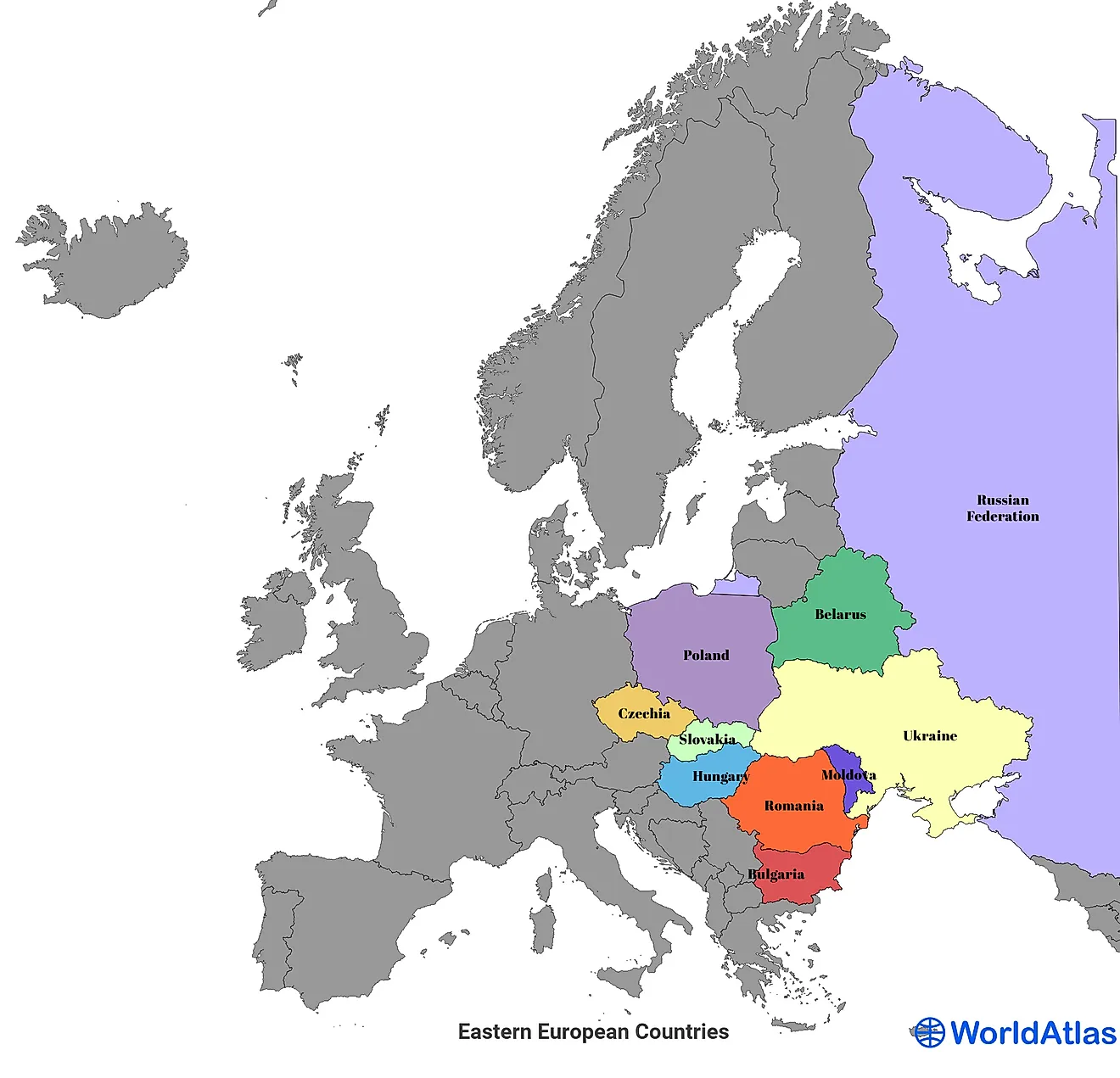Is Texas A Country?
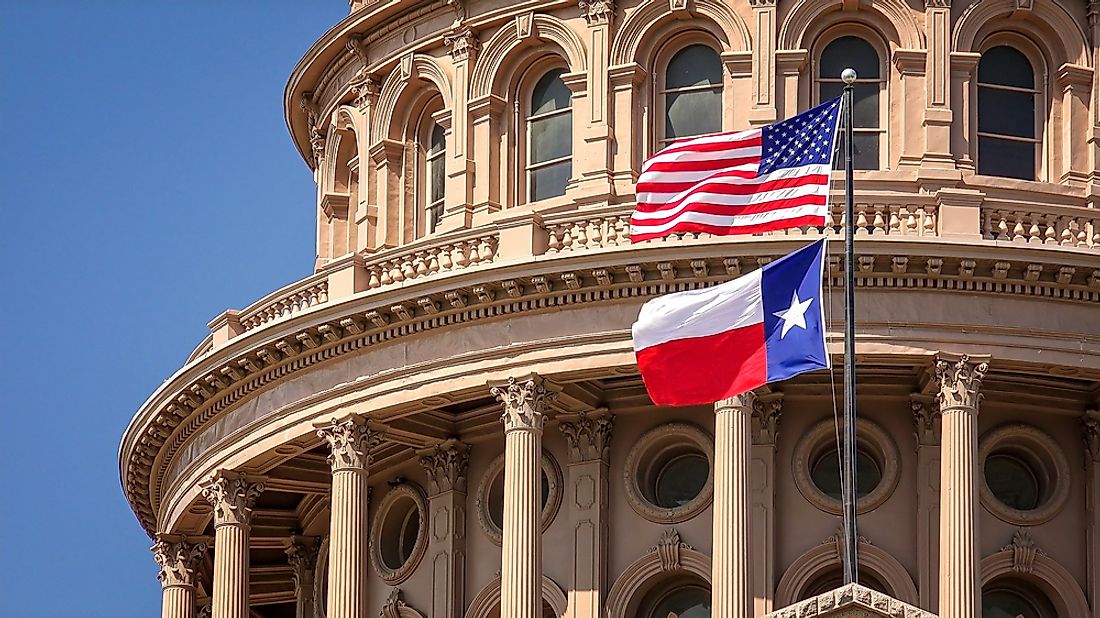
A country refers to a region with its own distinct borders as well as complete sovereignty and control over the running of its affairs. Going by this definition, Texas is not a country. Instead, Texas is a state in the United States.
State of Texas
By definition, a US state refers to a political entity that is part of 49 other similar entities making up the United States of America. A union binds these states although each of them has its own government and jurisdiction. However, they are also part of the larger federal government, which is the central US government. The state of Texas was admitted to the aforementioned union on December 29, 1845, which made it the 28th state of the 50 states to join the union. Texas is the second-largest state by area and population. The capital city of Texas is Austin while Houston is the biggest city.
History of Texas
Prior to gaining its independence and joining the union, a number of nations colonized Texas. The first country to colonize it was Spain with the other nations including France and Mexico. Colonization ended while it was under the control of the Mexicans back in 1836. Following its independence from Mexico, the state became the independent Republic of Texas until 1845 when it joined the union.
Government of Texas
Just like the other states, Texas has its own constitution that has been in use since 1876. However, unlike other states, Texas has an executive system that limits the governor’s powers. For example, the governor does not make appointments for executive officers except for the Secretary of State. The public elects all the other executive officers. The legislature is bicameral, which is made up of the House of Representatives and the Senate. In addition to the two branches, a judiciary also exists with an extremely complicated leadership system.
Economy of Texas
In 2017, the state had the second highest gross state product (GSP) at about $1.696 trillion. If the state were a country, then its economy would beat that of leading countries such as South Korea, Australia, Russia, and Canada. As of 2009, the per capita personal income stood at around $36,484. The drivers of the powerful economy include things like a wide array of natural resources, leading institutions of higher education, and thriving cities. This development is also why Texas has a small unemployment rate of only 6.4%.
Demographics of Texas
As of 2015, the United States Census Bureau estimated that Texas had a population of about 27,469,114 people, which was an increase of about 9.24% from 2010. As of 2004, 1.2 million people were illegal immigrants while 3.5 million people were born in foreign countries. In 2010, the number of illegal immigrants increased to about 6% of the population, which was the fifth largest among all the states.
Majority of the population in 2015 was composed of White Americans (70.4%) followed by Black or African Americans (11.8%). Other ethnicities in the same year included American Indians (0.7%), Asians (3.8%), Pacific Islanders (0.1%), other races (10.5%), and mixed races (2.7%). The largest ancestry groups included Germans, English Americans, and the Irish. English is the predominant language although Spanish has a sizeable number of speakers.




